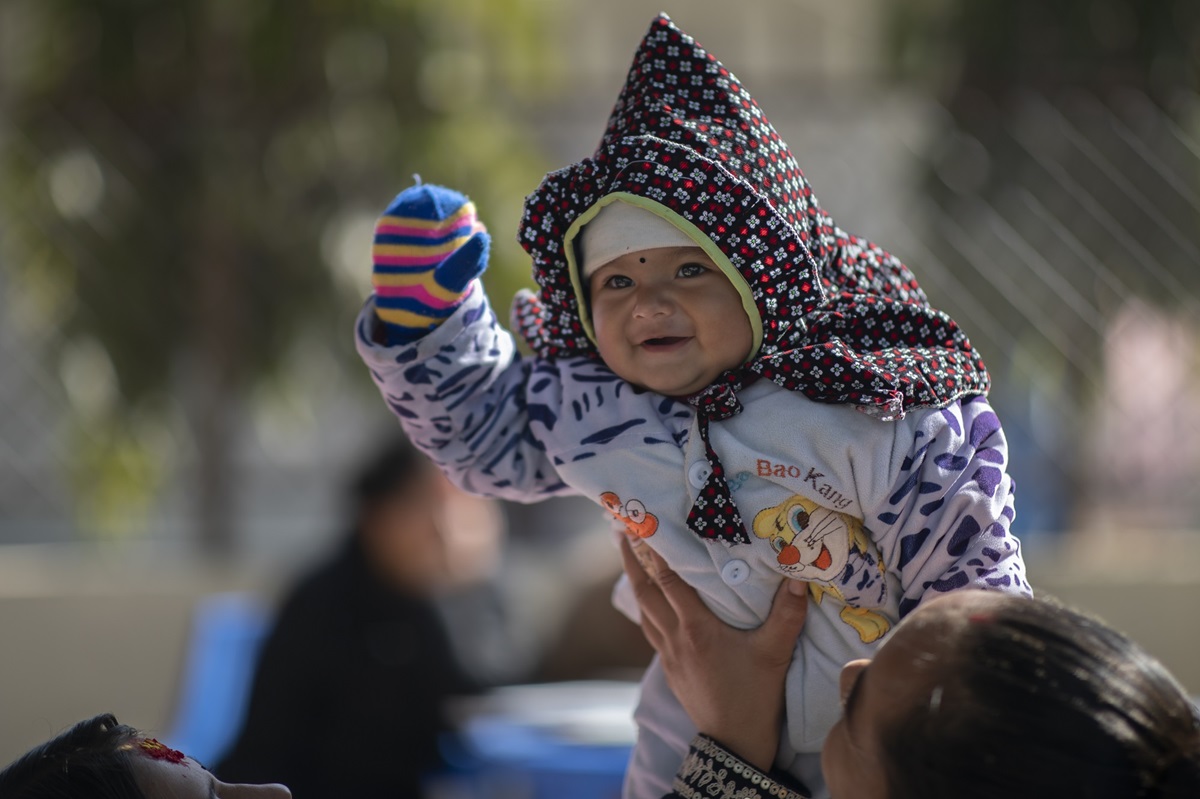
DiYES International School – Nepal has achieved a major public health milestone by officially eliminating rubella as a health threat, as announced by the World Health Organization on August 18, 2025. This monumental success follows a determined 13-year campaign that combined widespread immunization with a robust disease surveillance system. Rubella, also known as German measles, is a contagious viral infection that spreads through droplets from coughing or sneezing.
While symptoms in children and young adults are typically mild, the disease becomes life-threatening when it affects pregnant women. Infection during pregnancy can lead to miscarriage, stillbirth, or lifelong birth defects such as congenital rubella syndrome. Since introducing the rubella vaccine into its national immunization program in 2012, Nepal has worked tirelessly to reach high coverage. By 2024, over 95 percent of the population had received at least one dose. This extraordinary health accomplishment reflects not only scientific advancement but also strong political will and dedication from health professionals.
In the early stages of its health campaign, Nepal prioritized the integration of rubella vaccination into routine immunization schedules. This strategic decision enabled long-term sustainability rather than relying on one-time mass campaigns. Public awareness was increased through collaboration with schools, local leaders, and community health workers, who helped gain trust and encourage participation. The vaccination drive was especially targeted at young children and adolescents, the groups most at risk of both contracting and spreading the virus.
In remote regions, medical teams traveled under challenging conditions to ensure vaccines reached every household. Success did not come overnight. Progress was made gradually through steady effort, community involvement, and continuous government support. The national goal was not only to reduce infections but to fully eliminate the virus. That vision has now become reality. While setbacks emerged during the COVID-19 pandemic, Nepal maintained focus and eventually reached the milestone that few countries in the region have accomplished.
“Read about: Killer Kissing Bug Invades the U.S. — Is Your State on the List?”
Although several countries in Southeast Asia have reached rubella elimination, many others are still working toward this target. The original regional goal was to eliminate measles and control rubella by 2020. However, this was later revised to complete elimination of both diseases by 2023. These goals were derailed by the COVID-19 pandemic, which caused severe disruption to global immunization programs. Clinics were overwhelmed, supply chains were impacted, and routine vaccinations were postponed. As a result, the new target has been shifted to 2026 for the region.
Despite these delays, the case of Nepal proves that achieving elimination remains possible even during global health crises. Data from WHO shows that as of January 2024, 175 countries had introduced rubella vaccines into their national immunization schedules. Global coverage has reached approximately 69 percent. Moreover, a dramatic decline has been recorded in rubella cases worldwide, from over 670 thousand in 2000 to under 18 thousand in 2022.
“Read more: Meet God’s Influencer: Carlo Acutis Just Became the First Millennial Saint”
Rubella is often misunderstood due to its mild symptoms in children and young adults. However, its true danger lies in its potential effects on pregnant women and their unborn children. When a woman is infected during early pregnancy, the virus can pass through the placenta and infect the fetus. This can cause congenital rubella syndrome, a lifelong condition that may involve deafness, heart defects, and developmental delays. In some cases, infection can lead to miscarriage or stillbirth.
That is why rubella elimination is not just a children’s health issue but a women’s health priority as well. Nepal’s immunization campaign focused heavily on this aspect, ensuring women of reproductive age were included in the vaccination strategy. Public education emphasized the importance of rubella prevention for maternal and neonatal health. This multi-layered approach played a vital role in eliminating the virus. The achievement demonstrates what can be accomplished when a disease is tackled from both a clinical and social perspective.
While Nepal celebrates its national achievement, it is not alone in the fight against rubella in Southeast Asia. Countries such as Bhutan, Maldives, Sri Lanka, Timor Leste, and even North Korea have also reported successful rubella elimination. These nations serve as examples of what can be accomplished when there is a coordinated strategy, political backing, and public engagement. However, not every country in the region has reached this point.
Indonesia, for instance, is still working toward the elimination goal and continues to strengthen its health system and outreach programs. WHO’s Regional Office praised Nepal’s achievement and encouraged other nations to continue their efforts. The road to elimination may be long, but progress is visible. Rubella has shown that while it is not the most feared virus, its long-term consequences justify aggressive prevention. With continued support and collaboration, more countries could soon follow in Nepal’s footsteps and turn this regional goal into a global success story.